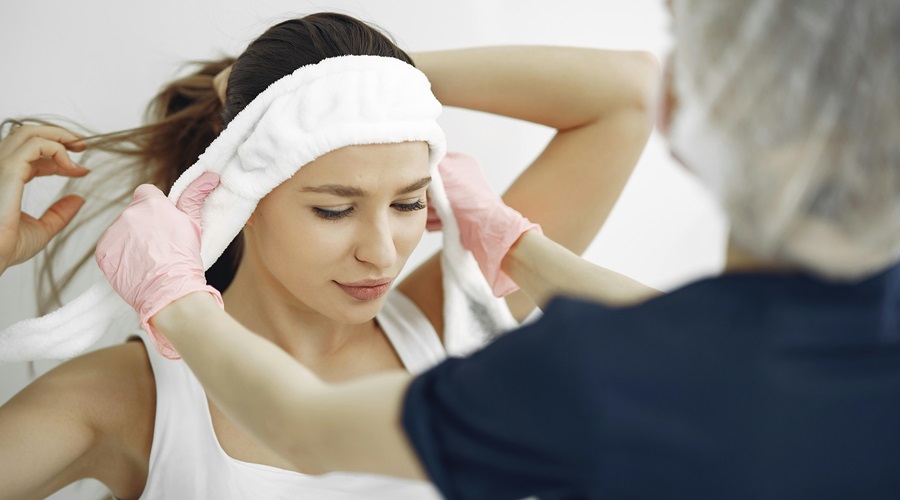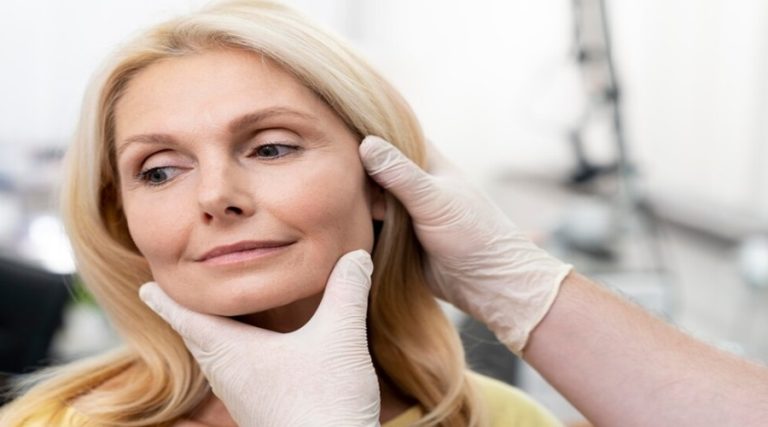Botox, a household name synonymous with wrinkle reduction, has become a staple in the modern beauty industry. Derived from the botulinum toxin, this neurotoxin has made significant inroads into the medical and cosmetic fields. But what exactly is Botox, and how does it work its magic? Let’s delve into the world of this popular injectable.
The Science Behind Botox
Botulinum toxin, when injected into a muscle, blocks nerve signals. This prevents the muscle from contracting, thereby relaxing the wrinkles caused by repetitive muscle movements. The most common areas treated with Botox include the frown lines between the eyebrows, forehead lines, and crow’s feet around the eyes.
A Brief History
The discovery of botulinum toxin dates back to the late 19th century. However, its medical applications were explored much later. In the 1980s, researchers found that Botox could be used to treat strabismus (crossed eyes) and blepharospasm (involuntary eyelid twitching). It wasn’t until the early 2000s that the FDA approved Botox for cosmetic use to treat dynamic wrinkles.
Botox: More Than Just a Wrinkle Reducer
While Botox is primarily known for its cosmetic benefits, it has a wide range of medical applications. These include:
- Migraine headaches: Botox injections can help reduce the frequency and severity of chronic migraines.
- Excessive sweating: Botox can block the nerve signals to sweat glands, reducing excessive sweating in the underarms, hands, and feet.
- Overactive bladder: By relaxing the muscles of the bladder, Botox can help reduce the frequency of urinary urgency.
- Cervical dystonia: Botox can help reduce painful neck spasms in people with cervical dystonia.
Safety and Side Effects
Botox is generally considered a safe procedure when administered by a qualified healthcare provider. However, like any medical procedure, there are potential side effects. These may include:
- Temporary bruising or swelling at the injection site
- Headache
- Flu-like symptoms
- Drooping eyelids or eyebrows
- Difficulty swallowing
Ethical Considerations
The widespread use of Botox has raised ethical questions. Some argue that it promotes unrealistic beauty standards and encourages people to alter their natural appearance. Others express concerns about the potential for addiction and the pressure to maintain a youthful appearance.
The Role of Amerinet GPO
Organizations like Amerinet GPO play a crucial role in the healthcare industry, including the distribution of medical supplies and pharmaceuticals. By partnering with healthcare providers, Amerinet can help ensure that Botox and other medical treatments are accessible and affordable on amerinet-gpo.com.
Conclusion
Botox has revolutionized the way we approach aging and has become a powerful tool in the treatment of various medical conditions. While it offers numerous benefits, it’s essential to weigh the risks and benefits before undergoing treatment. Always consult with a qualified healthcare provider to determine if Botox is right for you.




